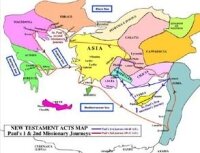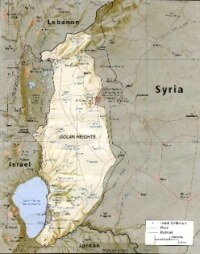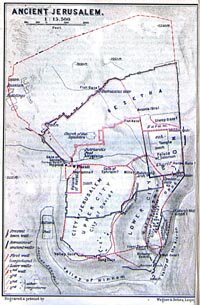 The expression "The Holy Land" (Hebrew: ארץ הקודש) generally refers to the Land of Israel, otherwise known as the region of Palestine (sometimes including parts of Jordan, Syria and Egypt). It concerns the areas that hold significant religious importance to any or all three monotheistic Abrahamic religions: Judaism, Christianity and Islam.
The expression "The Holy Land" (Hebrew: ארץ הקודש) generally refers to the Land of Israel, otherwise known as the region of Palestine (sometimes including parts of Jordan, Syria and Egypt). It concerns the areas that hold significant religious importance to any or all three monotheistic Abrahamic religions: Judaism, Christianity and Islam.The Holy Land is the territory where the Biblical stories took place, those described by the Tanakh or those by the New Testament.
The concept had its evolution in the same Scriptures. For some Biblical authors the territory was marked by the concept of Promised Land, but for others it refers to those events in any place related to the People of Israel.
The name "Holy Land" is related to a sacred concept of religiosity according with the Judeo-Christian idea.
The "Land" becomes "Holy" or "Sacred" when it comes in contact with the plan of salvation of God. In this same way, we can talk about "holy men and women" and "holy sites and objects". The origin of the Holy Land concept is found in the renaming of the Land of Canaan as the Land of Israel (e.g. Genesis 15:18-21).
The concept of the land being holy is especially prominent in the Book of Numbers. Horst Seebass argues that the book is "indeed pervaded by the theme of the holy land." The land is also considered holy in the Hebrew Bible because God's "holy people" settle there.
More...



















